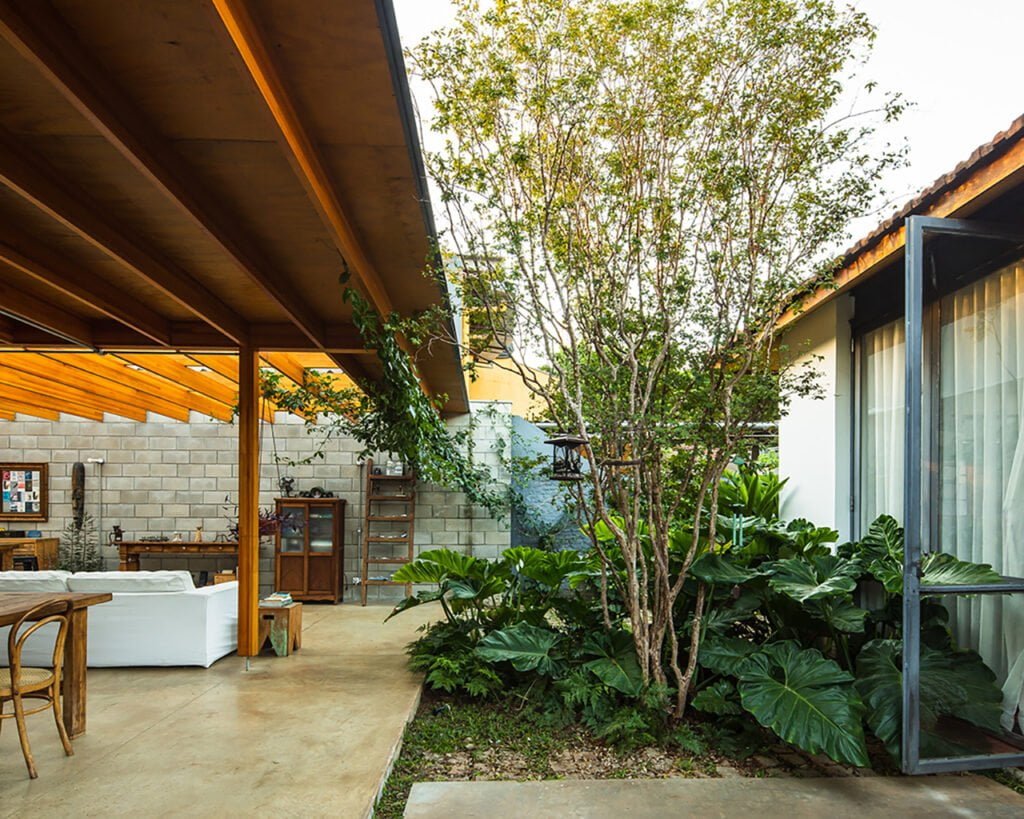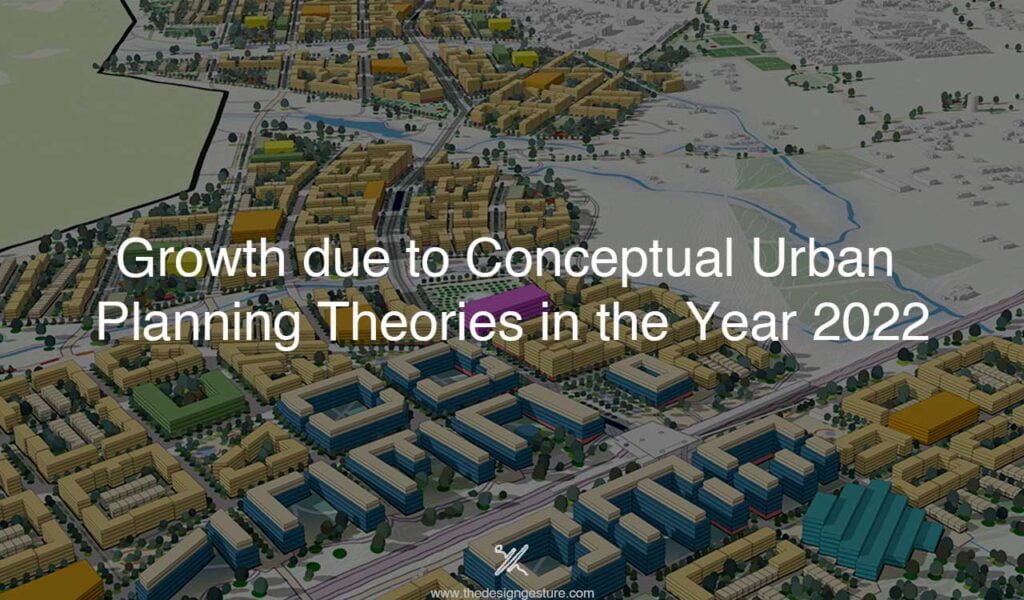Green spaces that thrive provide wildlife habitat, help cool our cities, guard against flooding, and link people to environment while also generating economic value through enterprise, jobs, and tourism.
Chronic stress, poor physical activity, and exposure to manmade environmental risks are all linked to modern city life. By providing psychological relaxation and stress relief, stimulating social cohesion, supporting physical activity, and reducing exposure to air pollutants, noise, and excessive heat, urban gardens, such as parks, playgrounds, and residential greenery, can promote mental and physical health and reduce morbidity and mortality in urban residents.
Table of Contents
Gardens
Crime rates in urban areas are positively connected with the presence of gardens. Vacant land can lead to crime, which can have a negative influence on people’s health. Residents who live in high-crime neighborhoods are more likely to get cardiovascular illness and mental health problems. Decreased property prices, drug use, and unlawful dumping of rubbish, tyres, and chemicals are all repercussions of unoccupied land. Property values rise when unoccupied lots are improved.
Backyard Gardens
This is the process of cultivating food on one’s own farm. Because there is usually a surplus in the crop, it is primarily shared among friends, family, and neighbors. Food can also be preserved and kept. Backyard gardens benefit communities because neighbors may share their backyards and use varied farming methods, resulting in higher returns.
Curupaiti House, Sao Paulo

The goal of this project was to plan the renovation and enlargement of a house built in the 1940s in a garden area in So Paulo. First, in 2015, the existing home was adapted to preserve the property’s original traits, and in 2019, the expansion was completed, using a contemporary language in structural masonry and wood to occupy part of the enormous backyard without losing contact with the garden.

The demands and interests of family members have evolved over time. The enlargement added new functions, but the architecture retained its spatiality and flexibility, allowing for various uses.
Tactical Gardens
This entails making the most of the limited land available to perform agriculture without having to spend a lot of money. For example, a city inhabitant may easily create a keyhole garden to cover an area on the street that was intended for car parking. This makes use of land that would otherwise go to waste and instead creates an activity that may be enjoyed or used to produce additional food.
Rulu Garden, Shanghai
The project is housed in the atrium on the fourth floor of the Foxconn Commercial Building in Shanghai’s prime location in Lujiazui, Pudong District. The structure is flanked by skyscrapers on the Huangpu River’s side. According to the functions of the scattered seating area, the box, the corridor, the tea room, and so on, the four sides are created to form a variety of situations. Using current urban building as a backdrop, a landscape with a lot of changes in spatial order can provide both visibility and privacy.
The location is both open and enclosed, and it is viewable from all four sides. The designers convert it into an open and condensed space based on the function distribution. The Pearl of the Orient is directly visible from the welcome area. The large-area pavement offers a panoramic perspective and contrasts with the surrounding areas.
Urban Gardens: Rooftop gardens
It’s the practice of establishing gardens in the centre of a city forest. Forest gardening involves cultivating a variety of crops, vegetables, and fruits in metropolitan environments. Forests often create an atmosphere that is conducive to agricultural development, thus they help to protect forests and make deforestation a non-factor in urban areas. Afforestation initiatives, which promote tree planting as a strategy of fighting global warming in urban areas, can also involve forest gardening.
ESRI Canada Green Roof
The design transformed an underutilized 9th floor asphalt terrace into a fully useable green roof and outdoor amenity zone. The completed roof, which incorporates both extensive and semi-intensive planting methods, provides locations for workplace meetings, lunch breaks, and bird habitat, as well as enhancing the client’s corporate profile.
The roof garden was separated into a number of individual outdoor chambers based on the interior arrangement and existing roof structure. A staff garden is adjacent to the kitchen and break room, while the main reception area has a public seating area. Meeting rooms are next to more heavily planted areas, and outdoor meeting space is next to the Human Resources department.
The perimeter of the roof is framed by vertical planters and coniferous hedges, which provide a green boundary while allowing for a view beyond the intended space. Vertical plants delineate the outdoor spaces within the roof area. To create a dynamic and diversified carpet, planting areas used a palette of 39 plant species ranging from conventional green roof species (sedum sp.) to perennials and grasses.
Wild gardens
The wild garden is a relatively new type of gardening that was popularized by William Robinson in the latter decade of the nineteenth century. The idea of a wild garden is not only anti-formalist, but it also defies landscape design conventions. Wild gardens are primarily intended to naturalize plants in shrubberies.
The grass should be left alone, like in nature, and a few bulbous plants should be strewn about to create a wild image. To realize his vision of a wild garden, garden pathways should be made in the woodland, and trees, shrubs, and bulbous plants should be planted among the forest flora.
Twin Gardens, Beijing
Yudu Mountain, located 80 kilometers northwest of Tiananmen Square, looks out over the flat Yanhuai Basin. Although the two gardens have a similar style, they are essentially distinct. All the activity spaces in the south garden, which include a pool, an open theatre, and a meeting room with a semi-outdoor bar, are dispersed across the property, circling the gloriette, and are encircled by varying sizes of circular plant ponds with tall grass.
The activities in the north garden parallel those in the south garden, which are centered around a central plant pool in the centre of the garden. This reversal method is intended to distinguish two areas and inspire new ways to use these outdoor spaces.
Informal gardens
Curves, non-symmetrical combinations of elements and spaces, and plants allowed to develop into their natural shapes are all characteristics of informal gardens. The basic framework in an informal garden is nearly fully hidden by planting, and the garden should appear to have grown up naturally. Informal gardens are more difficult to create than formal gardens, since they are characterized by irregularity and naturalistic vegetation.
A non-geometrically shaped plot can be a good foundation for an informal garden. If there isn’t some kind of hardscaping structure in place, everything will revert to a wild, untamed state. A diagonal or curving walkway works well, and natural mixed hedging is frequently used to create boundaries between different regions of your garden.

Tall shrubs and taller trees are commonly used in informal gardens to offer vertical dimension, and these will often cover the plot’s edges to create a sensation. The garden should be vibrant and appear as natural as possible. Natural-looking ponds and pools are wonderful elements if you want to introduce water.
Formal gardens

A symmetrical or geometrical pattern is used to design a formal garden. Everything is done in a straight and narrow fashion in this garden; thus, the design is stiff. Everything in such gardens is laid out in a grid pattern. The many hardscaping aspects in formal gardens use square and rectangle geometric forms repeatedly.
When the same objects (mirror images) are arranged on opposite sides of an axis in a formal garden design plan, the symmetrical balance is attained. For instance, if a plant grows on the left side of a straight road, a comparable plant must grow on the right side. Create geometrically arranged flower beds, borders, and shrubs. Hedges, edges, cypress, Ashoka trees, and topiary have all been trimmed to perfection.
A formal garden typically has trimmed formal hedges, edging, cypress, Ashoka trees, and topiary. Formal gardens are typically created for public parks, university/library gardens, or important government structures.
Street landscaping
This is the process of preparing streets for various usage, such as community gardens that are maintained by residents. They not only beautify the streets, but they also purify the air, resulting in a healthy environment. They have the added benefit of minimizing urban stormwater runoff because they are primarily positioned along the street.
Jetty Garden, Daman
The Nani Daman Jetty Garden site in Daman city is a 4000 sq.m. corner plot close to an existing jetty near St. Jerome’s Fort, bounded to the east by a road and St. Jerome’s, and to the west by private land. There are about 20 fully mature trees strewn about the property. The park had become unusable and derelict over time as a result of poorly planned spaces, gradual and unrelated landscaping components, and sculptures.
An exotic environment near to a Portuguese Fort, flanked by colorful fishing boats along the waterfront and a great expanse of vistas – a fantastic opportunity to re-create public loci where the earth meets the sea and sky–were among the prospects presented by the site.
Forest gardening
It refers to the practice of planting gardens in the middle of an urban forest. Different crops, vegetables, and fruits are cultivated in urban areas to create forest gardening. Forests typically generate an environment that is beneficial for agricultural development, and as a result, they aid in forest protection and can make deforestation a nonfactor in urban areas. Forest gardening can also be included in afforestation activities, which promote tree planting as a means of combating global warming in urban areas.
Aquaponics
This refers to the practice of raising aquatic animals such as fish in cities. It entails capturing stormwater from within the city and then recirculating it in tanks or artificial fish ponds to create a self-sustaining system. It is a cost-effective method of crop production and a protein substitute.
Community gardens are well-known for allowing neighbors to raise fresh, healthful food in their own backyards. Community gardens, however, provide a venue for strong neighborhood-level social transformation in addition to boosting food access. When a group of neighbors band together to organize, develop, and manage a community garden, they help their community in a variety of ways.
Community gardens that are successful are developed and nurtured through the contributions of time, talent, and resources from the communities in which they are located. Members of the garden must first locate these assets before they can be made available to the garden. This is accomplished by cultivating relationships with residents, organizations, and enterprises.




